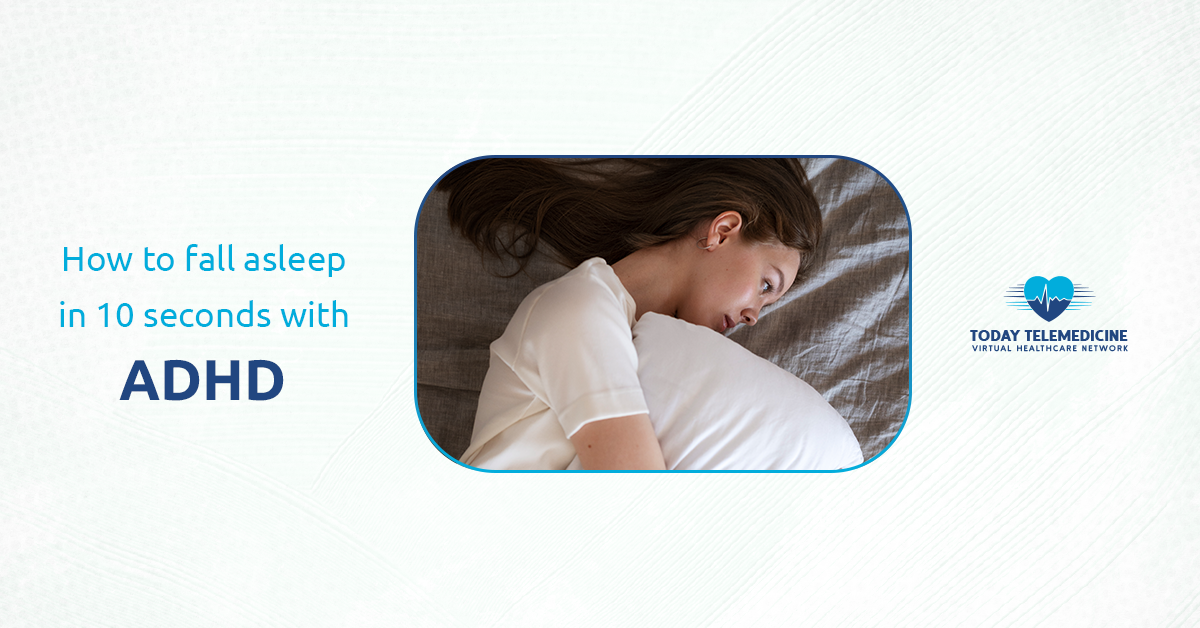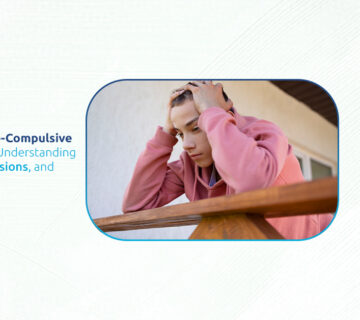People with ADHD often have racing thoughts at bedtime. This restlessness keeps them awake. However, simple techniques can help. Creating a calm sleep space is key. Deep breathing can slow the heart. Turning off lights signals bedtime.
Gentle stretches relieve tension. A warm bath soothes nerves. Calming music blocks out distracting thoughts. These methods make it easier to sleep. With practice, falling asleep becomes quicker.
Let’s look into the details.
Today TeleMedicine helps patients with sleep disorders through expert advice and personalized consultations.
ADHD and Falling Asleep Issues
People with ADHD struggle to sleep at night. This affects both the young and the old. Each group faces its challenges. They toss and turn in frustration. Sleep, essential for health, becomes hard to get. Different issues combine, leading to wakefulness. For these individuals, a peaceful night’s sleep seems out of reach, night after night.
Lack of a Regular Schedule
ADHD causes distraction and impulsivity, disrupting routines. This leads to erratic schedules, making it hard to relax. As bedtime approaches, restlessness prevents peaceful sleep.
Sleep Disorders
Many with ADHD face sleep troubles. Insomnia keeps them awake. Sleep apnea disrupts breathing. Restless legs syndrome causes discomfort. These disorders often accompany ADHD. They make daily life harder.
Co-Occurring Disorders
ADHD patients often struggle with sleep disruption. Additionally, they frequently face anxiety and depression. Substance use problems are also common. These mental health challenges are interconnected. They make life harder for those affected.
Medications
Stimulants treat ADHD but can disrupt sleep. Caffeine in coffee, tea, and soda can cause this. ADHD patients should time their meds and caffeine to balance relief and sleep.
How to Make Someone Fall Asleep in 10 Seconds?
-
The Military Method
Soldiers in high-stress situations use the Military Method to sleep quickly. This technique relaxes the body and induces calm, easing the transition to sleep. Its steps can quickly induce sleep, even in tough conditions.
Steps to Follow
Start by relaxing your facial muscles. Release tension from your brow, eyes, and jaw. Drop your shoulders and let your arms and hands relax.
Take a deep breath to slow your heart rate. Unclench your legs from thighs to toes.
Picture a calm scene, like a peaceful meadow or a still lake.
If thoughts come in, silently say, “Don’t think” for ten seconds. This method relaxes your body and mind, helping you sleep better.
With practice, this method can help you sleep faster. It promotes physical and mental relaxation.
-
The 4-7-8 Breathing Technique
Breathing exercises can calm the mind and body. They are especially helpful when ADHD makes it hard to relax. The 4-7-8 technique is simple yet powerful.
How It Works
Inhale quietly through your nose for four counts. Hold for seven. Then, exhale through your mouth for over eight seconds. Repeat these three to four times. This pattern calms your mind and body, reducing stress.
Your breath steadies, your pulse slows, and your thoughts calm. Tension fades. Sleep beckons like a soft wave. Your mind clears, worries vanish, and you embrace rest.
-
Progressive Muscle Relaxation (PMR)
Tense and then relax your muscles. Progressive Muscle Relaxation (PMR) helps ADHD sufferers sleep better. It eases tension and calms restless minds and bodies. PMR’s method calms racing thoughts for deeper, restful sleep. It relieves tension and soothes anxious minds. This leads to better sleep.
How to practice PMR
Tighten your feet for a moment, then relax. Next, work up from your legs to your core, torso, arms, and face. Squeeze, hold, then release. Now, take a deep breath. Feel the calm as tension fades. With each breath, you feel lighter and more relaxed.
PMR helps relax the body. It also distracts from overthinking, which is common in ADHD.
-
Create a Sleep-Friendly Environment
For individuals with ADHD, distractions can significantly delay falling asleep. A sleep-friendly environment reduces those distractions and prepares your body for rest.
Tips for Optimizing Your Sleep Environment
As evening comes, darken your bedroom to boost melanin. Keep the room cool to prepare for sleep. Use earplugs or white noise to block out sounds. Turn off screens an hour before bed to maintain your sleep cycle. These changes lead to better, restorative rest.
-
Mindfulness and Meditation
Mindfulness techniques can help you stay present. They can reduce the scattered thoughts that often come with ADHD. Meditation encourages calmness and relaxation, making it easier to fall asleep.
Quick Mindfulness Exercise
Sit somewhere comfortably. Breathe deeply and notice each breath. If thoughts come up, refocus on your breath. Every night, take a moment to feel your body’s rhythm. Let go of tension and calm your mind. This small effort before sleep leads to better nights. A simple practice can significantly improve your sleep in minutes.
-
Use Weighted Blankets
Many individuals with ADHD find weighted blankets helpful for sleep. The blanket’s deep pressure can calm the nervous system. It promotes relaxation and reduces anxiety.
How it Helps
Weighted blankets use soothing pressure similar to touch therapy. They increase serotonin for better mood and sleep solutions melatonin. Thus, they enhance emotions and rest. These blankets apply gentle, steady pressure. This calms restlessness and aids sleep. They can significantly improve sleep quality, soothing both body and mind. This leads to quicker sleep onset and deeper sleep.
Music that Makes You Sleep in Seconds
Gentle classical songs, ambient sounds, or nature’s rhythms soothe the mind. Binaural beats also promote relaxation. These sounds slow brain activity, easing you into sleep. Pick your preferred music and let sleep take over.
In Conclusion
How to fall asleep in 10 seconds with ADHD?
ADHD makes it hard to fall asleep. But the right techniques can help. Methods like the military technique, breathing exercises, and a calm sleep environment can help. With practice, these strategies can improve sleep and help you fall asleep faster.
FAQs
What should I avoid before bedtime to sleep faster with ADHD?
Avoid caffeine and screen for at least an hour before bed. They can delay sleep and disrupt your natural sleep rhythm.
How long does it take to master these sleep techniques?
With regular practice, these techniques can help you fall asleep faster over time. Results may vary.
Are there any medications that can help with ADHD-related sleep issues?
Some ADHD drugs can disrupt sleep. So, it’s essential to time them. Speak with a healthcare provider for personalized advice.





